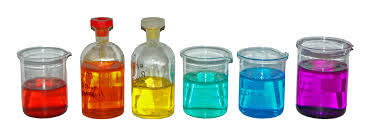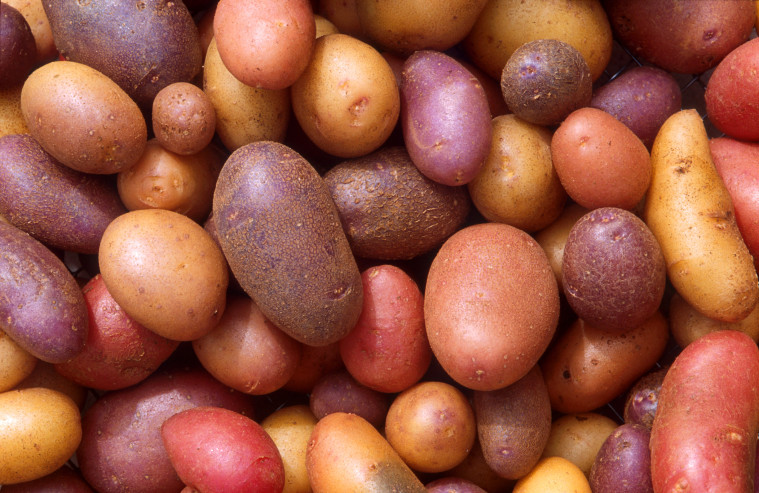My psychology teacher in college decided one day to perform a little experiment. She gave some of her students juice that was purple in color. She asked them to taste the juice and tell her the flavor. Most of the students said it was grape flavored, but the flavor was actually lemon.
This is the power color has in the foods we eat. Many times, color is used to help boost or create the illusion of a taste that is already there or not. Stop and think about blue raspberry for a second. There is no such thing as a blue raspberry in wild Nature!
There appears to be a new trend in using color created from natural fruits and vegetables instead of synthetic colors produce in a lab.
Companies that are moving towards more natural colors, “include Kraft, which announced in April that its classic macaroni and cheese will debut in 2016 without synthetic colors, and Panera Bread, which pledged to ditch artificial colorings and other additives by the end of 2016. General Mills is taking artificial colors and flavors out of its cereals by the end of 2016, and Nestle made the same announcement about its chocolate candy products, with a deadline at the end of this year.” (NPR)
The move towards more natural colors comes on the heels of a study and mounting evidence that implicates artificial colors as being linked to hyperactivity in children.
However, can we trust these “naturally made” colors.
What are they being made from and what is the process used?
Many companies make colors from natural sources. Three of these businesses are ColorMaker, Kalsec, and San Joaquin Valley Concentrates. They extract the many colors they produce from a variety of fruits and vegetables.
ColorMaker of Anaheim, California uses “grapes and beets from the U.S., red cabbage from China, purple carrots from Eastern Europe, turmeric from India and more.” (NPR) Their colors can be found in many different products including foods and cosmetics.
“ColorMaker works with natural color additives approved for use in food, cosmetic, and pharmaceutical products by the United States Food & Drug Administration (FDA). We are also familiar with other natural color additives used all over the world.” (ColorMaker)
Kalsec is located in Kalamazoo, Michigan and has been making natural colors and flavors for 50 years. They are also the world’s largest extractors of carrots and work with farmers from all over the US to get the colors they need. “We have a certain variety and a certain seed mixture that works the best for us in terms of getting the best yield and the best color that we can,” says Gary Augustine, Kalsec’s executive director of market development. (NPR)
“San Joaquin Valley Concentrates (SJVC), a subsidiary of E. & J. Gallo Winery, creates natural shades of red, pink and purple from Rubired grapes, purple carrots and purple sweet potatoes in Fresno, Calif. The colors come in crystal and liquid forms. SJVC also sells anthocyanins — the blue, purple or red pigments – in those fruits and vegetables that give them their gorgeous red, pink and purple shades, according to Tracy Takeda, a product development technologist for the company.” (NPR) Anthocyanins are perhaps Nature’s antioxidants in vitro and strongly benefit the digestive system and nervous system — especially the brain and the eyes.
These colors are being used everywhere, but how are they labeled? Anything that is not labeled as the traditional Red 40, Blue 1, Yellow 6, Red 40 Lake, Yellow 6 Lake and Yellow 5 Lake may be natural colors. They are typically labeled as colored added or “(annatto and carmine)” according to ColorMaker.





